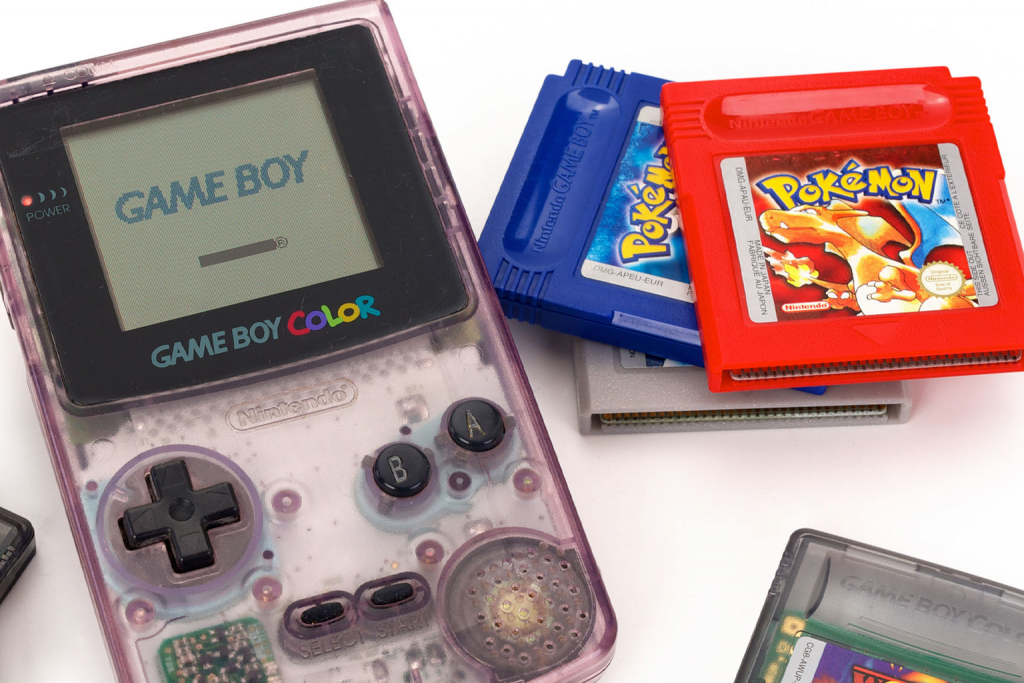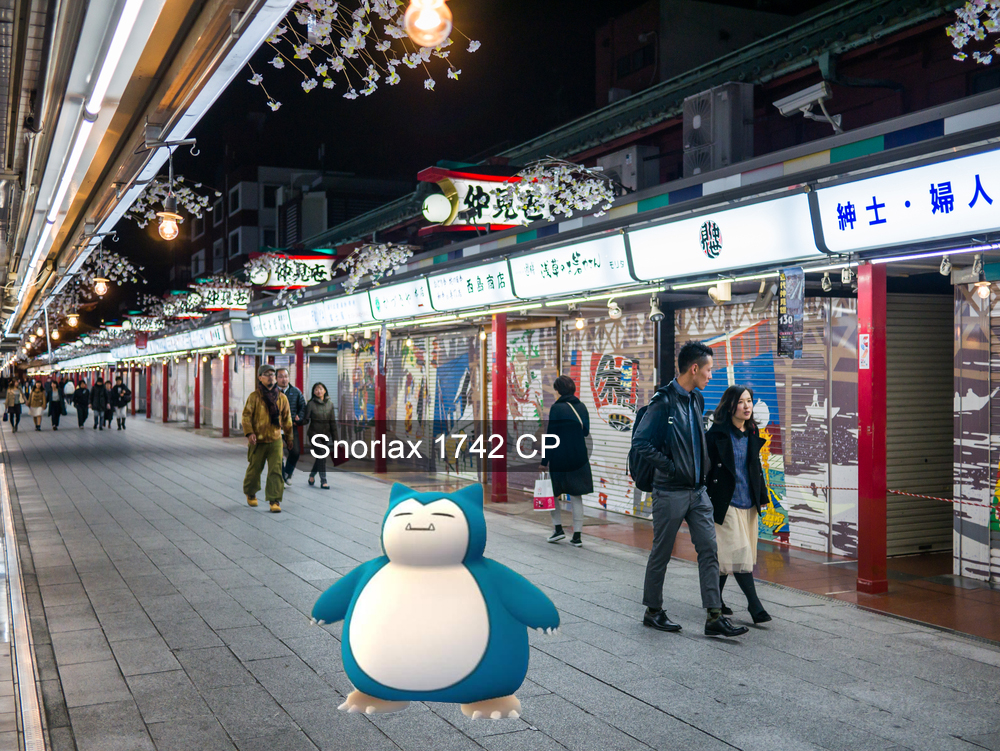On this day 25 years ago, Nintendo released two versions of a role-playing game that would go on to take Japan and the rest of the world by storm. Developed by Game Freak for the Gameboy, Pocket Monsters: Red and Pocket Monsters: Green proved hugely popular with both critics and consumers, many of whom bought both titles.
More than one million units of the red and green editions plus the blue version (which came out eight months later) were sold in 1996, followed by 3.65 million units the year after as the cute-looking pocket monsters overtook Final Fantasy VII as the best-selling game in the country.
Despite the success in Japan, there were reservations as to whether these charming little characters would appeal to children overseas. It was felt that American kids would prefer more powerful-looking monsters, yet Hiroshi Yamauchi was having none of it. The then-president of Nintendo demanded that the game be released internationally with the original creature designs.
It proved a wise decision. Pokémon Red and Blue, as it was called internationally, debuted in North America in September 1998 and by the end of the year had sales in excess of four million. A huge global hit, it is currently the best-selling role-playing game of all time with well over 30 million units sold worldwide. Moreover, these hugely lucrative games helped to pave the way for what is now the highest-grossing media franchise on the planet.
The Origins
The man who originally came up with the idea for these pocket-sized monsters was one of Game Freak’s founders, Satoshi Tajiri. Known as “Dr. Bug”, he was always outside trying to catch insects as a kid and dreamed of one day becoming an entomologist. It was this childhood infatuation with little creatures followed by his love of arcade games that led to the creation of Pokémon.
“Places to catch insects are rare because of urbanization,” Tajiri told Time in 1999. “Kids played inside their homes and a lot had forgotten about catching insects. So had I. When I was making games, something clicked, and I decided to make a game with that concept. Everything I did as a kid rolled into one – that is what Pokémon is. Playing video games, watching TV, Ultraman with his capsule monsters – they all became ingredients for Pokémon.”
A writer and publisher for a fanzine called Game Freak, Tajiri evolved the magazine into a game development company with designer and illustrator Ken Sugimori in 1989. A year later the pair pitched the idea of Pokémon to Nintendo. It centered around bug-like creatures who could be traded by using the Gameboy link cable – Tajiri imagined the insects moving back and forth along the cord.
The pitch was initially met with skepticism. Tajiri was told that people at the company could not understand the concept of the game, however, they decided to explore the idea anyway. In the six years it took to complete it, several Game Freak staff members quit as the company came close to bankruptcy. They persevered, though, with Shigeru Miyamoto, creator of Super Mario, acting as an advisor and Sugimori heading what was a small design team that came up with 151 characters, including a secret one.
The Monsters
Players started out with a single Pokémon and their objective was to then get hold of as many of the little monsters as possible while training their existing characters. The majority of Pokémon were obtained “in the wild” with a Pokéball after they had been weakened. As some were exclusive to either red or green, to get them all you had to swap with other players. The link cable could also be used to engage in battles.
Since Pocket Monsters debuted on February 27, 1996, one character has stood out above all others. Pikachu is the undoubted star of the franchise, known by pretty much everyone even those with no interest in gaming. The name is derived from the Japanese onomatopoeic phrases pikapika, meaning glittering and chuchu, the sound a mouse makes, however, designer Atsuko Nishida told the Yomiuri that she created the puffy cheeks to look like a squirrel as that was the rodent she was into at the time.
While Pikachu may be the face of Pokémon, it is not necessarily the most popular amongst fans. A Reddit survey in 2019 asked 52,000 people to vote for their favorite creature with the game’s mascot only finishing down in 44th. Charizard, a fire-breathing dragon-like flying lizard created by Nishida, topped the list, just 51 votes ahead of the sinister, yet cute-looking Gengar. Both featured in the original games.
For many fans it will always be those creatures from those first games including the aforementioned monsters and the likes of Bulbasaur, Eevee, Snorlax and Mewtwo that stand out. There is also Mew, the 151st Pokémon, known as the “invisible character,” who was secretly added by programmer Shigeki Morimoto as a prank two weeks prior to the game’s release. Though it could not be legitimately obtained outside of events, Tajiri told Time that the extra creature “created a lot of rumors and myths about the game,” and that “kept interest alive.”
The Franchise
Not long after the game debuted, the Japanese comic CoroCoro announced an exclusive offer, promising that it would distribute Mew to 20 entrants. 78,000 people applied. With interest growing, a blue version of Pocket Monsters with improved graphics and sounds was released as a mail-order special edition via CoroCoro in October 1996. That same month, Pokémon Trading Cards came out with their own set of rules which was soon followed by Kosaku Anakubo’s manga series Pokémon Pocket Monsters.
Six months later the Pocket Monster animated series aired for the first time on TV Tokyo. The story centered around a Pokémon trainer called Satoshi (named Ash Ketchum in the English version), who is said to represent Tajiri as a child. 23 seasons later and the program is still going strong with the next set of episodes due to air on Netflix on March 5. Down the years there have also been various spin-offs as well as Pokémon-related news shows.
By the turn of the 21st-century Pokémania had reached all corners of the globe. Many felt then that the fad would soon fade. It didn’t. Sales numbers continued to rise as new generations of the game were released around the world. Then came the launch of Pokémon Go in 2016 which took the franchise to yet another level. The augmented reality mobile game hit 500 million downloads in two months and reached the one billion mark in 2019. That same year also saw the release of the live-action mystery film, Pokémon: Detective Pikachu and the first installments of the eighth generation of Pokémon games, Pokémon Sword and Shield which have now sold more than 20 million units.
A quarter of a century on from its debut and the popularity of the Pokémon brand shows no sign of diminishing. Over the coming months there will be special promotions and a series of events, including music from global superstars such as Katy Perry, to celebrate the 25th anniversary of what is now the highest-grossing media franchise of all time.
“The biggest reason it has become that popular is that Mr. Tajiri, the main developer and creator of Pokémon, didn’t start this project with a business sense,” Miyamoto told Game Spot. “In other words, he was not intending to make something that would become very popular. He just wanted to make something he wanted to play. There was no business sense included, only his love involved in the creation ….. It’s the very core feeling we should have making games.”











